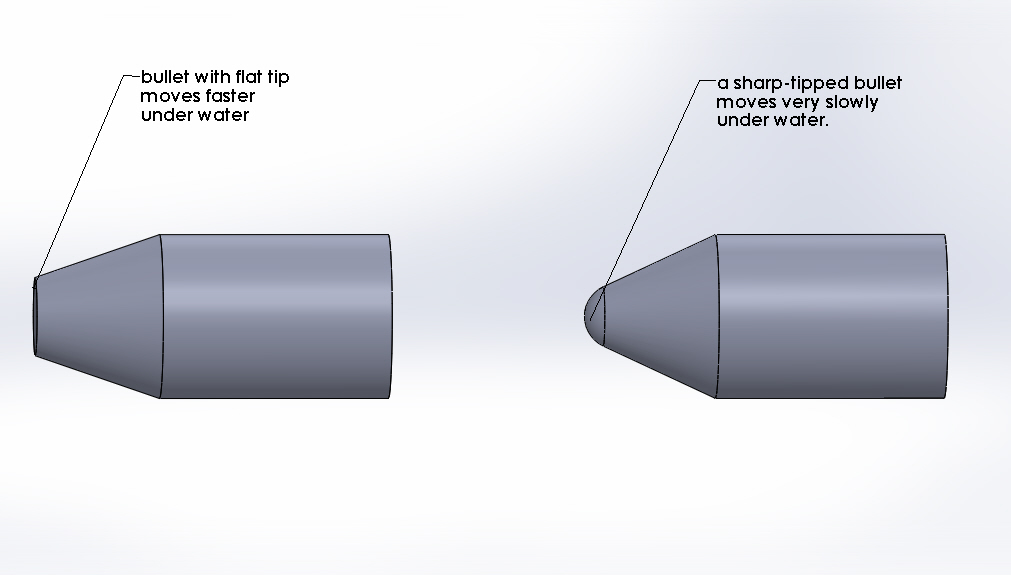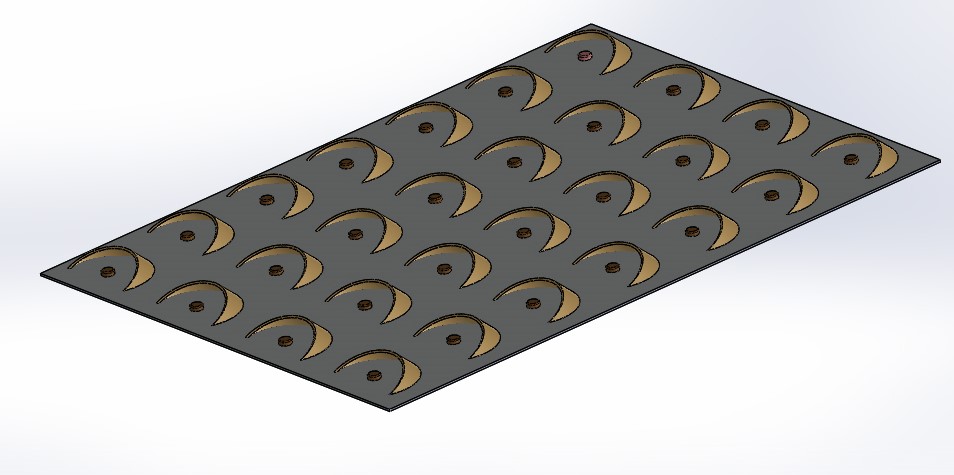Contrary to logic and general theory, a bullet with a flat tip moves in water several times faster than a bullet with a sharp tip.
This effect is simply explained: a flat tip creates cavitation bubbles that rub on the rest of the bullet surface very slightly.
That is, the total area of friction is reduced so much that it fully compensates for the enormous resistance of the flat tip.

Is it possible to achieve this effect in aerodynamics? Everyone says no, since cavitation is only a property of the fluid.
But even in the 30s, it was proved that at high speeds the gas has fluid dynamics. Just this discovery allowed to improve cooling technology.
But what configuration can create "cavitation" bubbles above the aerodynamic surfaces?
Nature tells us for this ideal shape - it is a dune. Just the dune has such a form that provides minimal resistance to the wind.
If we place such small dunes on the wings and hulls of airplanes, rockets or high-speed trains, the total friction against the air will decrease several times.

According to the picture you can imagine the dynamics of this process.
Dune pushes the air up. Beneath and behind the dune air pressure drops dramatically. Consequently, the friction force on the body is reduced.
Of course, the dune increases frontal resistance, but it will be compensated by a decrease in the total friction area, as it happens in an underwater bullet.
As a result, the speed of the aircraft or rocket will increase significantly.
Dune-like pits will have a similar effect. But such pits are probably better placed in a checkerboard pattern and not in a straight line.
|